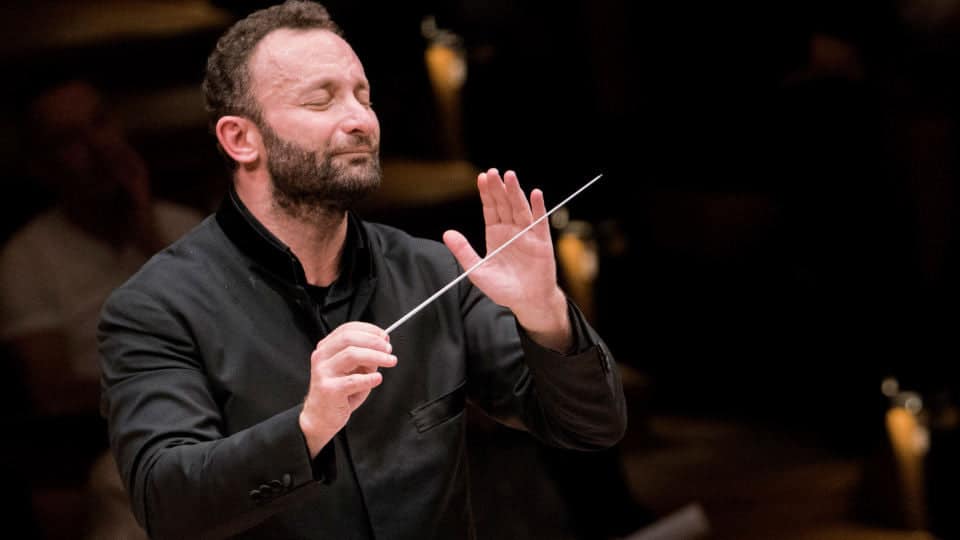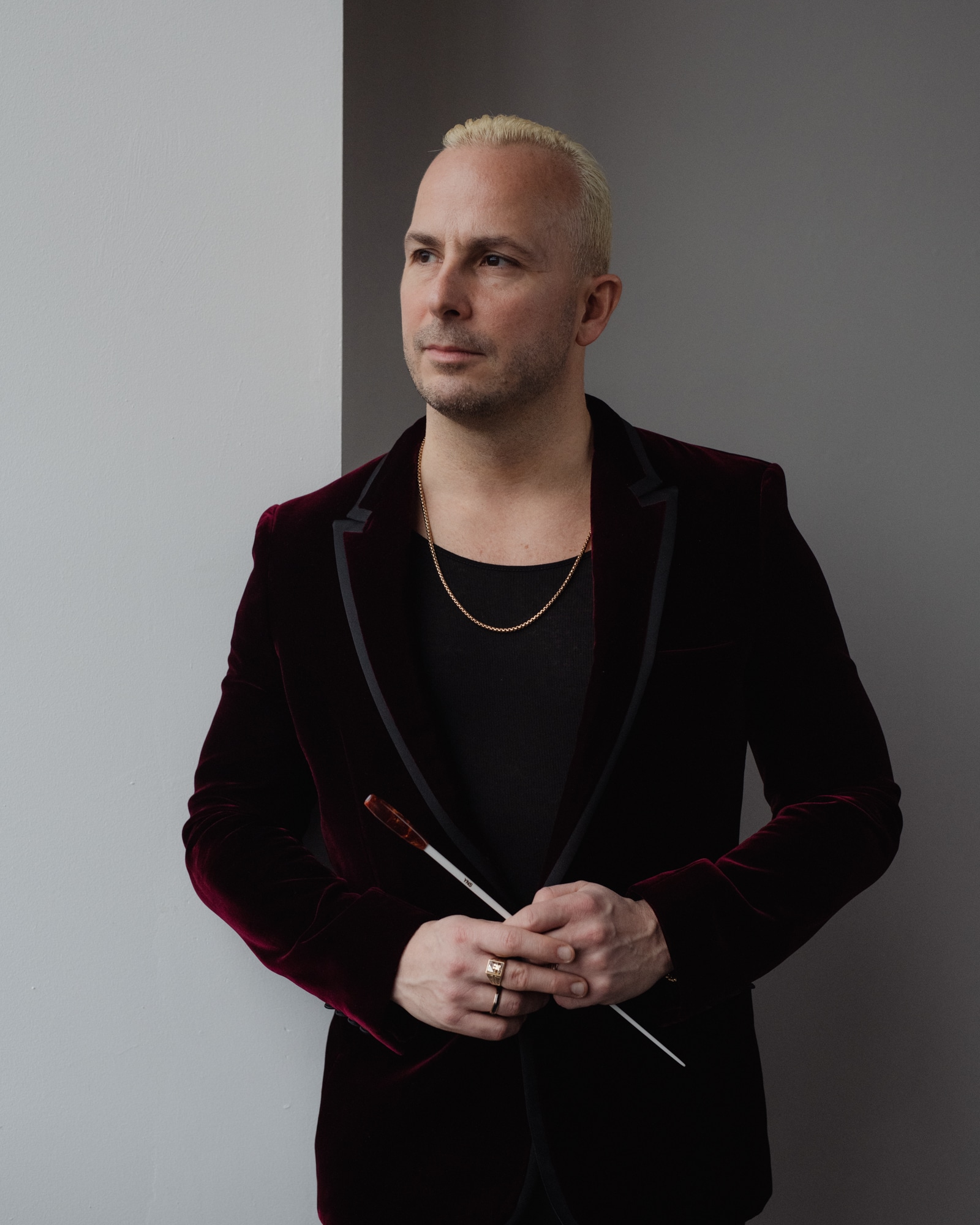Iran lifts TV ban on musical instruments
mainThis is, reportedly, the first sight of musical instruments on Iran TV in 30 years, following a religious ban. More here.

Anyone care to name the instruments?
This is, reportedly, the first sight of musical instruments on Iran TV in 30 years, following a religious ban. More here.

Anyone care to name the instruments?
The tenor Ian Bostridge shocked Symphony Hall Birmingham…

The Berlin Philharmonic chief conductor Kirill Petrenko has…

He is already music director of the Metropolitan…

The orchestra’s president Gary Ginstling has engaged Katya…

Session expired
Please log in again. The login page will open in a new tab. After logging in you can close it and return to this page.
That’s great.
From left to right: a Santour (which led to the European dulcimer), then the Ney (Oriental reed flute), then the Kemenche (spiked violin), then the Tar (metal stringed double-bodied long-neck lute), then another Kemenche, then what could be either a second ney or a reed-instrument, perhaps the Sorna (a Persian Oboe, in Turkish and in Iraq the Zurna, but it could also be the the Armenian duduk or its Azarbaijan equivalent; the resolution of the pic is not enough to make this out – anyway this music is not used in pure classical Persian music so the combination suggests that the ensemble might be from Iranian Azarbaijan, or a hybrid anyway – the fact that the musician is not playing his instrument while the others are might suggest it is a noisy instrument, that only is used every now and then, and those reed-instruments are noisy).
^like^
Thank you, Neil van der Linden.
I don’t even begin to understand a belief that, especially in view of the fact that this concert was in honor of the Muslim Prophet, would condemn the sight of musical instruments.
It is standard to start any TV program in Iran praising the Prophet, or rather with “in the name of God”. Which in practice becomes rather routine, like the German Gruß Gott or having God Save the Queen sung at a common event in Britain. Although because of the division of minds the less-religious people in Iran, of whom there are many, would rather shun the routine.
Indeed until now concerts in state music festivals were routinely recorded in audio and video, but I have never seen a video of a concert. There were audio broadcasts on television, with the screen showing flowers or pomegranates or mountains.
Seemingly paradoxically, film and theatre had an easier life on TV. It is difficult to grasp what is or now was exactly wrong with instruments is difficult to grasp. On Saudi-Arabia TV concerts are broadcasted, by male singers (while many of the glamourous broadcasting stations that show women singers are Saudi-owned). The difference in Iran has to do, they say, with the fact that Khomeiny wrote favourably about theatre as a means of education, the interpretation of which verdict is stretched to the max by those who want inside the theatre world who see theatre as a means for pursuing liberal messages. For which Iranian film is famed too.
About what is on music stages in Iran: there is a wide variety, almost everything Western-classical, a lot of Iranian traditional classical, Iranian folklore, and foreign music. For instance the prestigious Hermes label has an alliance with ECM and brings ECM artists, Dutch pianist Ralph van Raat performed Arvo Pärt and Koechlin, plus Iranian neocomplexity composer Alireza Mashayekhi, we had the Yuri Honing Trio and Tarhana (now Arifa) playing jazz and oriental jazz funk (in the first case the festival management was not sure and rebranded the music as Dutch folk music), Marcel Beekman doing Bach and Dutch Hugenot music, I saw Schönbergs Pierrot Lunaire being performed, but with a male voice, and there is Iranian metal rock, rap and a sort of Abba, Aryan, who performed with Chris de Burgh. I am not claiming that there is much, much more room for expression than most people in the West would assume, but there is some more, and that difference counts a lot.
And so instruments can now go on TV.